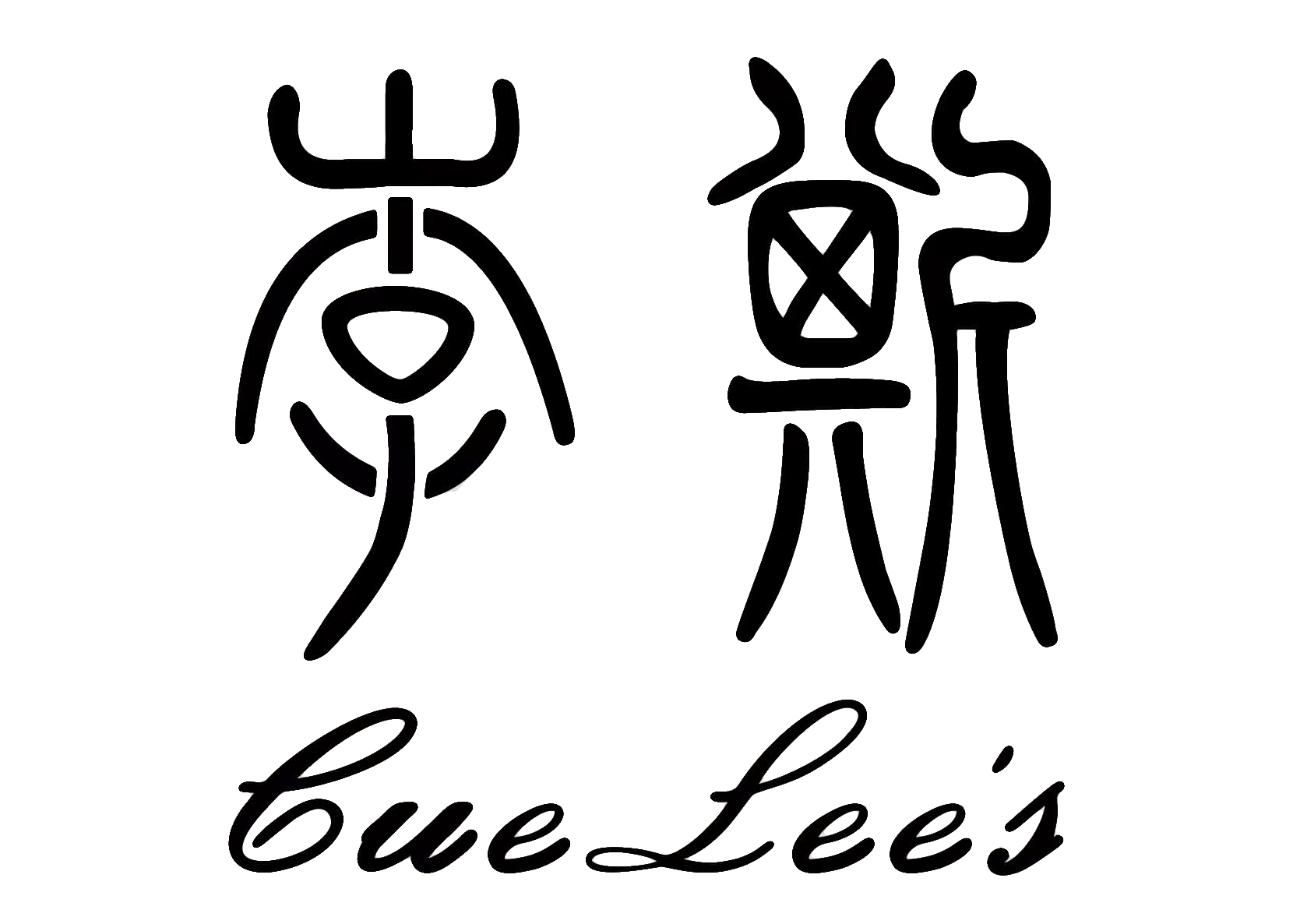A pool glove is an essential accessory for serious billiard players, providing smooth cue action and protecting your bridge hand from friction. Proper maintenance extends your glove’s lifespan and ensures consistent performance during play. With regular care, your billiard glove will maintain its functionality and help you achieve more accurate shots for longer periods.
Whether you’re a casual player or compete regularly, knowing how to care for your pool glove is crucial for maintaining your edge at the table. Explore Biljardi 247 Shop’s selection of high-quality pool gloves to find the perfect match for your playing style.
Why is proper maintenance of your pool glove important?
Proper maintenance of your pool glove is crucial because it directly impacts your shooting consistency and overall performance. A well-maintained glove provides the smooth, frictionless bridge hand movement essential for executing precise shots, while a neglected glove can introduce inconsistency into your technique.
Regular care significantly extends your glove’s lifespan, saving you money and preventing the adjustment period needed when breaking in a new glove. Most importantly, a clean glove maintains proper hygiene – considering how frequently your hand sweats during play and the various surfaces your glove contacts in pool halls.
The condition of your pool glove affects your game more than many players realize. When a glove begins to deteriorate, you’ll notice subtle changes in how your cue slides across your bridge hand. These small inconsistencies can lead to missed shots and frustration. By implementing a simple maintenance routine, you’ll maintain the predictable feel that allows you to focus on your game rather than compensating for equipment issues.
How should you clean your billiard glove?
Clean your billiard glove by hand washing it with mild soap and lukewarm water. Gently work the soap through the fabric using your fingers, paying special attention to the areas that contact the cue shaft. Rinse thoroughly until all soap residue is removed, as leftover soap can affect the glove’s performance.
After washing, press (don’t wring) the glove between clean towels to remove excess water. Then lay it flat to air dry at room temperature. Avoid direct sunlight or heat sources like radiators, as these can damage the elastic properties of the fabric and cause shrinkage or warping.
For routine maintenance between washes, simply turn the glove inside out after each playing session and allow it to air out. This prevents moisture buildup and odor. Most synthetic gloves (lycra, spandex, nylon) should be washed every 15-20 playing sessions, though this varies based on how frequently you play and how much you perspire.
Avoid using harsh cleaning products like bleach, fabric softeners, or strong detergents, as these can break down the synthetic fibers and elastic components. Never machine wash or tumble dry your billiard glove, as the agitation can damage the specialized fabric and affect the fit. Check out Biljardi 247 Shop’s selection of quality pool gloves that are designed for optimal performance and durability.
What’s the best way to store your pool glove when not in use?
The best way to store your pool glove is in a cool, dry place away from direct sunlight and extreme temperatures. Ideally, keep it in your cue case or a dedicated accessory pouch where it’s protected from dust and physical damage. This prevents unnecessary stretching and maintains the glove’s shape between uses.
Avoid folding or crumpling your glove, as this can create permanent creases that affect performance. Instead, lay it flat or loosely rolled. If you play regularly, consider purchasing a small mesh bag that allows airflow while keeping your glove protected in your cue case or billiard accessory bag.
Humidity control is particularly important for glove storage. Excessive moisture can promote mildew growth and damage elastic fibers, while extremely dry conditions can make synthetic materials brittle. If you live in a very humid climate, using a small silica gel packet near (but not touching) your glove can help absorb excess moisture.
Common storage mistakes include leaving gloves in hot cars, stuffing them into pockets, or storing them while still damp. These practices significantly reduce your glove’s lifespan and can lead to premature deterioration of the material. With proper storage, a quality billiard glove can maintain its performance characteristics for much longer.
How can you tell when it’s time to replace your billiard glove?
It’s time to replace your billiard glove when you notice visible thinning or wear on the bridge area where the cue slides. This is the most critical sign as it directly affects your stroke consistency. When this area loses its smooth surface texture, your cue will no longer glide predictably.
Other clear indicators include stretched-out elastic that no longer provides a snug fit, seams that have begun to separate, or persistent odor that doesn’t dissipate after washing. Performance issues like inconsistent cue slide or catching during your stroke suggest the glove’s functional properties have deteriorated, even if visible wear isn’t obvious.
Most quality pool gloves, with proper care, typically last between 6-12 months for regular players (those playing 2-3 times weekly). Professional or daily players might need replacement every 3-4 months, while occasional players can extend their glove’s life to 18 months or more. Higher-quality gloves with reinforced bridge areas generally offer longer lifespans.
Rather than waiting for complete failure, consider replacing your glove when you first notice performance changes. This proactive approach prevents the development of compensatory habits that can negatively impact your game.
What are the differences between caring for various types of pool gloves?
Different pool glove materials require specific maintenance approaches. Lycra gloves, known for their elasticity and snug fit, need gentle washing to preserve their stretchy properties. Avoid hot water and harsh detergents that can break down the elastic fibers. Lycra typically dries quickly but should be air-dried flat to maintain its shape.
Spandex gloves, similar to lycra but often more durable, can withstand slightly more frequent washing. They’re particularly prone to shrinkage if exposed to high heat, so always use cool or lukewarm water and never place them near heat sources when drying. Spandex may take longer to dry completely than other materials.
Nylon-based gloves are generally the most durable and easiest to maintain. They resist moisture absorption better than other materials, making them less prone to odor development. However, the smooth surface can wear down with excessive friction, so inspect the bridge area regularly for signs of wear.
Frequency of use significantly impacts maintenance needs. Daily players should rotate between multiple gloves to extend their lifespan, allowing each glove to fully dry and recover between uses. Tournament players should always have a backup glove ready, as intense play sessions can accelerate wear and moisture buildup.
Regardless of material, all pool gloves benefit from being turned inside out after use to allow moisture evaporation. Visit Biljardi 247 Shop to browse our selection of premium pool gloves in various materials to find what works best for your playing style and maintenance preferences.















